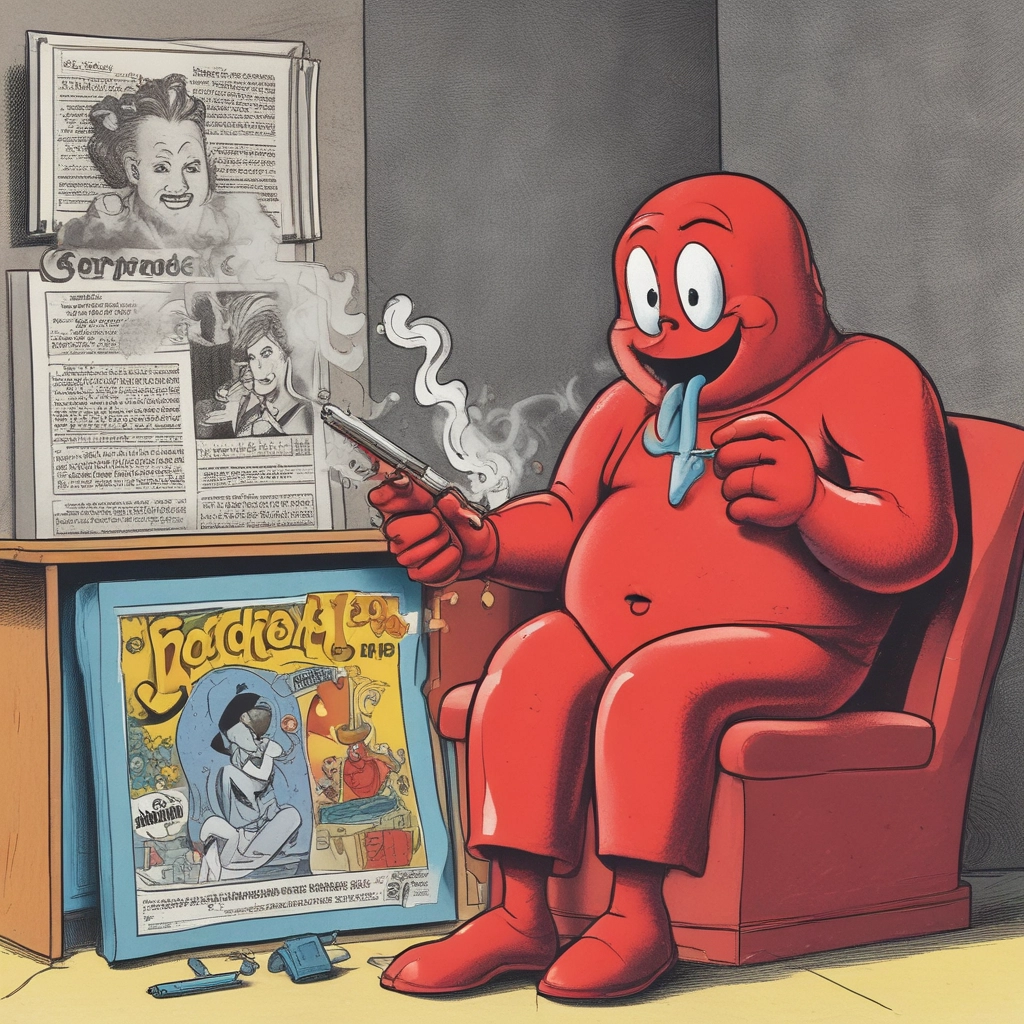Legos now come in all these shapes and sizes yet my heart remains stony and small.
I’ve been held captive by my child in this store for an hour and a half. The hallucinations have begun.
I think the pieces are starting to move independently. They are coming for me. Please come for me. I am ecstatic that they want to take away my life force. Just bury me in a fucking coffin made of these stupid bricks.



